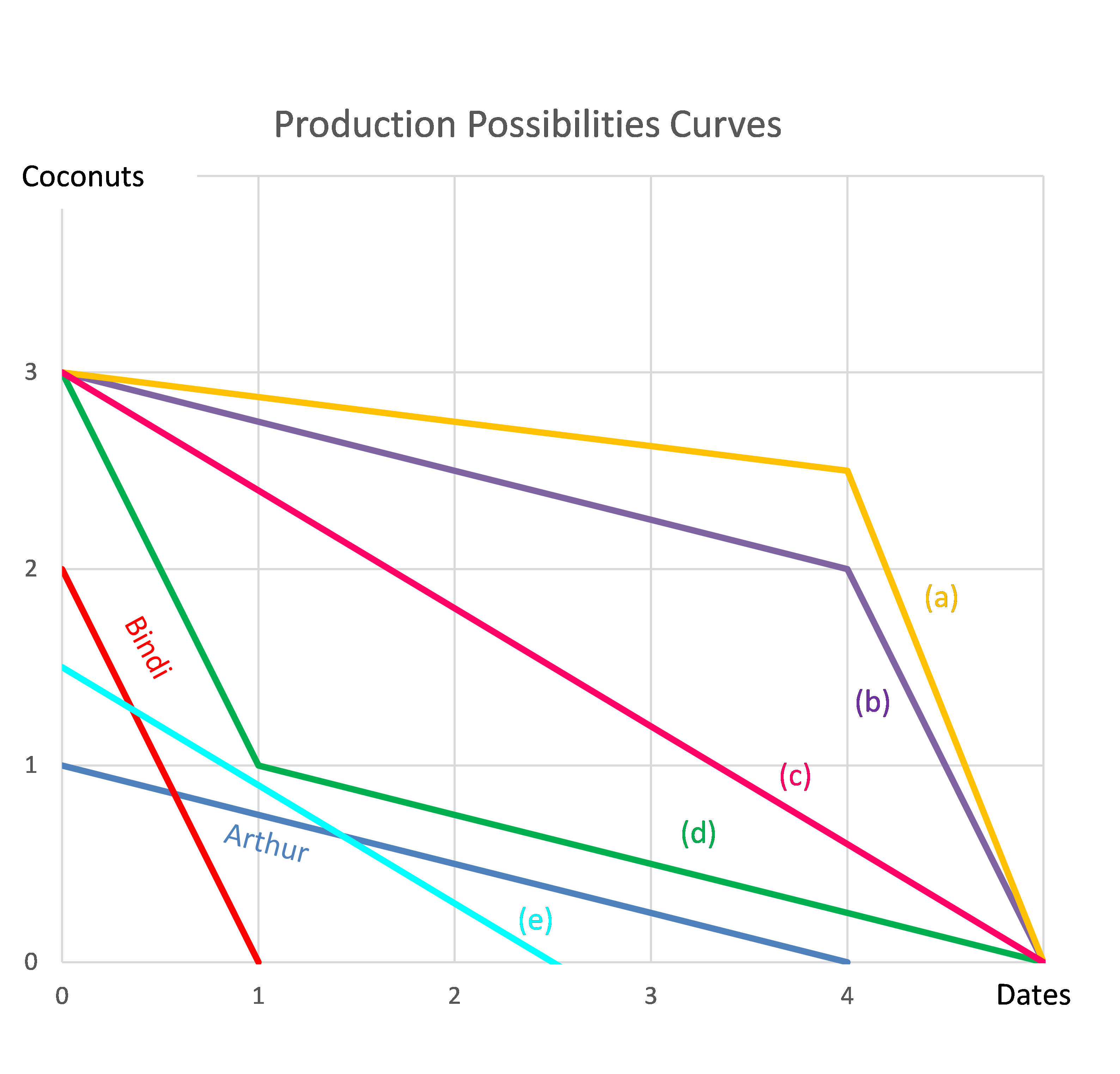Question 22 NPV, perpetuity with growth, effective rate, effective rate conversion
What is the NPV of the following series of cash flows when the discount rate is 10% given as an effective annual rate?
The first payment of $90 is in 3 years, followed by payments every 6 months in perpetuity after that which shrink by 3% every 6 months. That is, the growth rate every 6 months is actually negative 3%, given as an effective 6 month rate. So the payment at ## t=3.5 ## years will be ## 90(1-0.03)^1=87.3 ##, and so on.
A firm's weighted average cost of capital before tax (##r_\text{WACC before tax}##) would increase due to:
A project has an internal rate of return (IRR) which is greater than its required return. Select the most correct statement.
A fairly priced stock has a beta that is the same as the market portfolio's beta. Treasury bonds yield 5% pa and the market portfolio's expected return is 10% pa. What is the expected return of the stock?
Question 247 cross currency interest rate parity, no explanation
In the so called 'Swiss Loans Affair' of the 1980's, Australian banks offered loans denominated in Swiss Francs to Australian farmers at interest rates as low as 4% pa. This was far lower than interest rates on Australian Dollar loans which were above 10% due to very high inflation in Australia at the time.
In the late-1980's there was a large depreciation in the Australian Dollar. The Australian Dollar nearly halved in value against the Swiss Franc. Many Australian farmers went bankrupt since they couldn't afford the interest payments on the Swiss Franc loans because the Australian Dollar value of those payments nearly doubled. The farmers accused the banks of promoting Swiss Franc loans without making them aware of the risks.
What fundamental principal of finance did the Australian farmers (and the bankers) fail to understand?
A stock is expected to pay a dividend of $5 per share in 1 month and $5 again in 7 months.
The stock price is $100, and the risk-free rate of interest is 10% per annum with continuous compounding. The yield curve is flat. Assume that investors are risk-neutral.
An investor has just taken a short position in a one year forward contract on the stock.
Find the forward price ##(F_1)## and value of the contract ##(V_0)## initially. Also find the value of the short futures contract in 6 months ##(V_\text{0.5, SF})## if the stock price fell to $90.
Let the 'income return' of a bond be the coupon at the end of the period divided by the market price now at the start of the period ##(C_1/P_0)##. The expected income return of a premium fixed coupon bond is:
Alice, Bob, Chris and Delta are traders in the futures market. The following trades occur over a single day in a newly-opened equity index future that matures in one year which the exchange just made available.
1. Alice buys a future from Bob.
2. Chris buys a future from Delta.
3. Bob buys a future from Chris.
These were the only trades made in this equity index future. What was the trading volume and what is the open interest?
Question 978 comparative advantage in trade, production possibilities curve, no explanation
Arthur and Bindi are the only people on a remote island. Their production possibility curves are shown in the graph.
Assuming that Arthur and Bindi cooperate according to the principles of comparative advantage, what will be their combined production possibilities curve?
